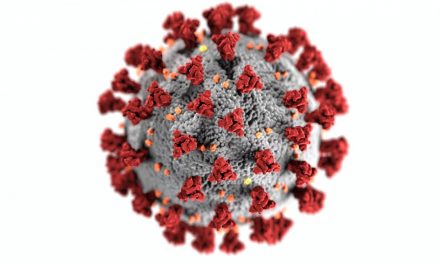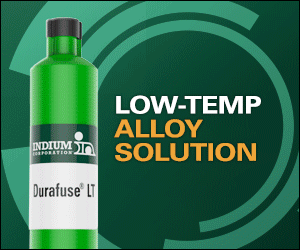Report Explores Manufacturing Methodologies for In-Mold Electronics
|
Surfaces, be they in kitchen appliances, automotive interiors, medical devices, or even furniture, are becoming increasingly smart. Embedded lighting, touch sensitivity, heating, and even haptic feedback enables inanimate and often neglected surfaces into a design feature with seamlessly integrated user controls. But what is the best way to manufacture these smart surfaces? IDTechEx’s new report, “In-Mold Electronics 2023-2033”, aims to answer this question. It analyses the emerging manufacturing methodology of in-mold electronics (IME), which promises a simpler and more sustainable approach to producing functional surfaces. Relative to conventional mechanical switches, IME enables a reduction in weight and material consumption of up to 70% while requiring far fewer parts for the same functionality. Drawing on over 20 company profiles, the majority based on interviews, this comprehensive report evaluates the technical processes, material requirements and applications. It includes 10-year market forecasts by technology and application sector, expressed as both revenue and smart surface area. Furthermore, the report provides a detailed evaluation of competing approaches, such as functional film bonding and the merits of including components such as LEDs within the IME parts. |
||
| Deciphering the terminology associated with in-mold electronics and competing approaches. Source: IDTechEx |
|
Materials requirements for IME, including conductive and dielectric inks, electrically conductive adhesives, transparent conductors, substrates, and thermoplastics, are also evaluated, with multiple supplier examples. Additionally, the report includes discussion of IME sustainability (including a life cycle assessment), target applications and the required functionalities, and future technical developments for IME, including greater integration of electronic components. An Extension of In-Mold Decorating IME is an extension of the well-established in-mold decorating (IMD) process, in which thermoforming plastic with a decorative coating is converted to a 3D component via injection molding. Since IME is an evolution of an existing technique, much of the existing process knowledge and equipment can be re-used. Despite the similarities to IMD, there are multiple technical challenges associated with the integration of electronic functionality that must withstand thermoforming and injection molding. A very high manufacturing yield is crucial since the circuitry is embedded, and thus a single failure can render the entire part redundant. This comprehensively updated report covers the commercial and emerging solutions from the key players as IME progresses from R&D to gaining widespread adoption in multiple application sectors. On the material side, conductive inks, dielectric inks, and electrically conductive adhesives need to survive the forming and molding steps that involve elevated temperatures, pressure, and elongation. Furthermore, all the materials in the stack will need to be compatible. As such, many suppliers have developed portfolios of functional inks designed for IME. Establishing an IME material portfolio before widespread adoption means that material suppliers are well-positioned to benefit from forthcoming growth. This report examines the current situation in terms of material performance, supply chain, process know-how, and application development progress. It also identifies the key bottlenecks and innovation opportunities, as well as emerging technologies associated with IME, such as thermoformable particle-free inks. Application Opportunities While automotive interiors represent a large addressable market, IME also has great potential elsewhere. The ability to produce decorative, lightweight, functional components is especially compelling for aircraft interiors, where weight reduction brings fuel savings. Medical devices are another promising avenue where IME offers cost-effective, functional surfaces that can be wiped clean. The long-term target for IME is to become an established platform technology, much the same as rigid PCBs are today. Getting a component/circuit produced will thus only require sending an electronic design file rather than the expensive current process of consulting with IME specialists. Along with greater acceptance, this will require clear design rules, materials that conform to established standards, and, crucially, the development of electronic design tools. IDTechEx has been researching the emerging printed electronics market for well over a decade. Since then, we have stayed close to the technical and market developments, interviewing key players worldwide, attending numerous conferences, delivering multiple consulting projects, and running classes and workshops on the topic. “In-Mold Electronics 2023-2033” utilizes this experience to evaluate all aspects of this emerging manufacturing methodology for HMI surfaces. |











